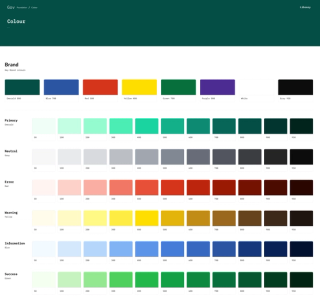The rapid development of AI tools is beginning to slowly shift the possibilities of web design. As we have already argued, AI will supplement, not replace, the work of web designers, with a more efficient and higher quality outcome for their clients as a result. One specific area this transformation is already more tangible is the development of AI powered Chatbots, which are (in theory) allowing end users to communicate a range of messages and questions in an easy and convenient manner. The opportunities that this technology opens up are dramatic, but as always, the context it is deployed within matters. Here’s our view on the possibilities, and pitfalls, of AI chatbots.
A Step Forward
“Transformative” and “revolutionary” are terms we hear a lot of when it comes to AI tools, but as chatbots show, the reality is far less dramatic. AI chatbots represent a single step in the progression of customer support technology. Chatbots, after all, have existed for decades, and human powered chat options have existed for even longer. Likewise, human support is still not only superior in quality to AI solutions, but also remains necessary as a backup option. The advantages of AI are real, but subtle. Users can gain a warmer and more personalised experience than before, and can do so with significantly lower customer support costs. AI solutions can also be faster and easier to set up than ever before, and therefore available to smaller less established firms.
The Question of The Question
One major issue with a chatbot is that it relies heavily on the user knowing what to ask. It doesn’t matter if your chatbot can answer a massive range of questions if your users don’t know what they’re looking for. This is one reason why chatbots have been successful in cases of customer support, because the customer knows the problem that they are experiencing, and can communicate in detail what they need. When it comes to, for instance, displaying a range of products, this strategy quickly falls flat. One solution is to include FAQs within your chatbot, as we did with TitanHQ’s site. Here users are immediately guided into useful channels, as they would be within any UX we design. This limits the choice paralysis that users might otherwise experience using an open-ended chatbot, while providing an outlet for those immediately seeking customer support.
An Answer Looking for a Problem?
Chatbots frequently offer a solution to a problem that most websites should never face. If users cannot find what they are looking for already, providing a chatbot can only paper over the cracks of an already dysfunctional UX. A far superior approach is to first provide a conventional UX solution with a clear and efficient layout, and then use a chatbot to catch users with rarer and more complicated questions. On our website for the Rental Tenancies Board, we included a chatbot within the “Contact Us” page for this reason, as it allows users to gain support after having exhausted more obvious options.
The Waiting Game
The wind is only blowing one way when it comes to AI powered chatbots, but they remain a specialised solution to a limited set of problems. In these contexts they will become increasingly useful and powerful, but they are yet to provide a silver bullet to the challenges of effective web design and customer communication. For now we will retain an open minded yet critical view of this exciting new tool.








